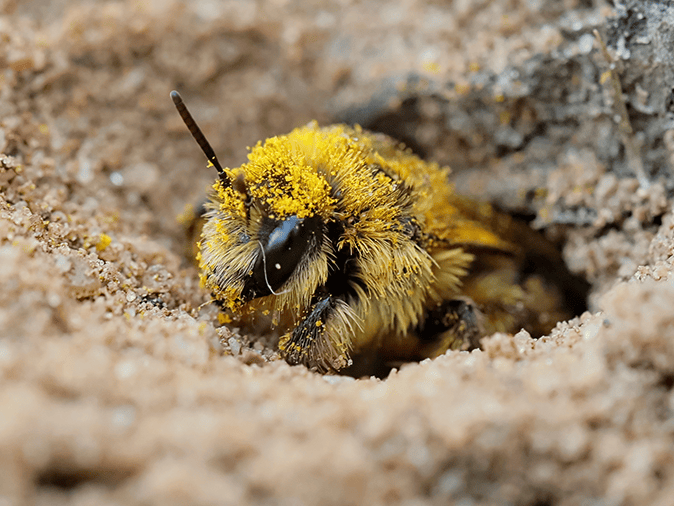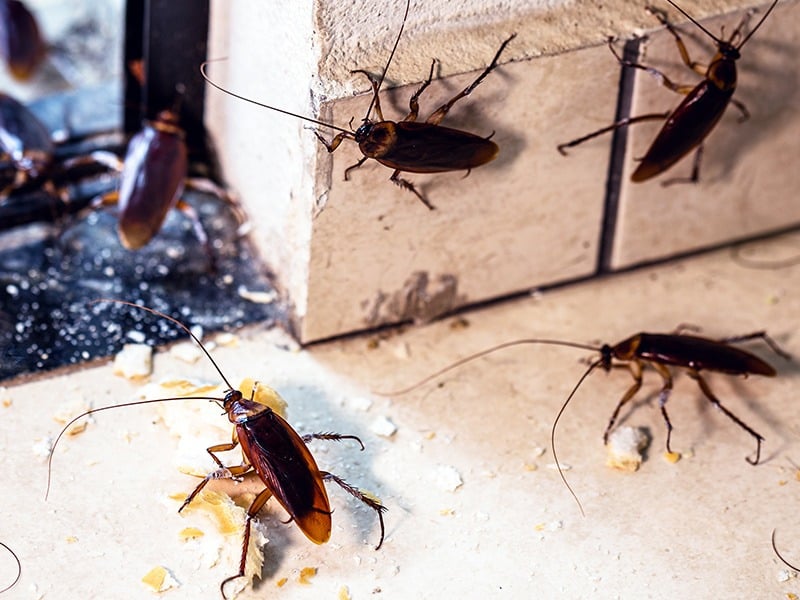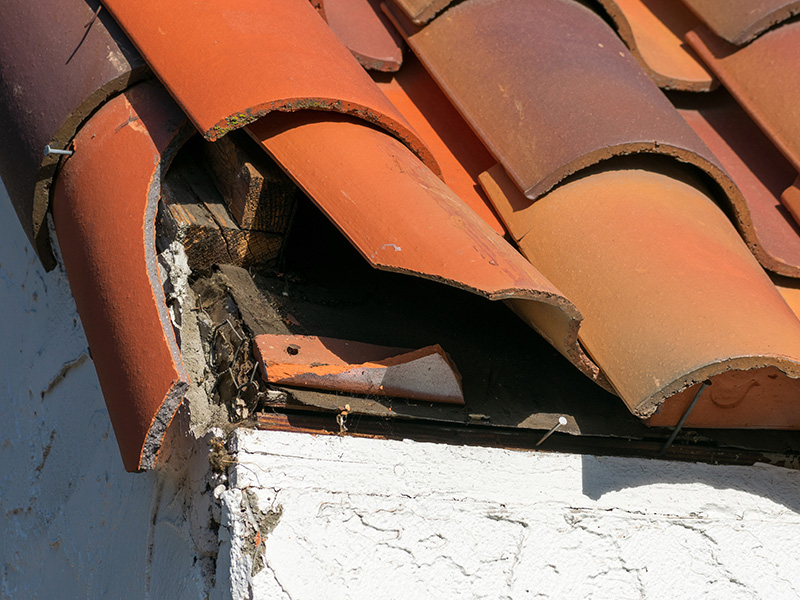
What Do Mining Bees Look Like?
Mining bees are 3/8 to 5/8 inch long. They excavate tunnels in the ground just like miners, hence the name. The entrance holes are typically small in diameter. These holes often have a small mound of dirt resembling a small ant hill. These furry bees range in color from dark brown, red to black, metallic green, to striped.
When are mining bees most active?
Life Cycle of the Mining Bee
Complete Metamorphosis
These solitary bees live singly in burrows in the ground, however, large groups (aggregations) will sometimes live in same proximity due to the area being an ideal site to reside.
Female mining bees collect pollen and nectar and stockpile it inside a burrow. She then deposits an egg on the food source for the larva to feed on once it hatches.
The larva will then pupate then emerging into the adult stage. Overwintering occurs inside the burrows. These bees are active for a minimal amount of time usually no longer than 1-2 weeks.
Habits of Mining Bees
- Diet: Nectar and pollen.
- Activity: Spring to early summer
- Preferred Climate: Warm
- Defense: Sting rarely, but females will do so if provoked.
- Cautions: Population numbers fluctuate seasonally.
- Home Invasion: Occasionally can be a lawn pest especially if in an area that is dry and has little to no plant growth.
Are Mining Bees Dangerous?
Female mining bees are capable of stinging, but typically only do so if provoked. As is the case with all bee stings, symptoms can be mild to severe. If you are stung by a bee and are experiencing trouble, you should contact your medical professional for advice.
Helpful Hints for Mining Bees
Mining bees are extremely beneficial and not necessarily a pest you want to discourage. If they are getting too close or you or a family member is allergic to bees, you can try to prevent them from taking up residence on your property by planting thick turf or ground cover as a deterrent. Treat your lawn or yard only if the infestation is severe or creating a hazardous situation.
Interesting Facts About Mining Bees
The mining bee is one of the largest groups of solitary bees numbering over 1,300 known species worldwide.
How Do You Get Rid of Mining Bees?
For help identifying and eliminating mining bees in Phoenix, Tucson, or elsewhere in Southern Arizona, contact Northwest Exterminating today!

Testimonials
Request Your FREE Estimate
Have questions or need help getting rid of mining bees or other pests? Simply complete the form below or give us a call!



